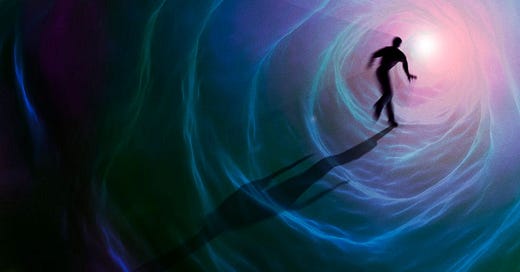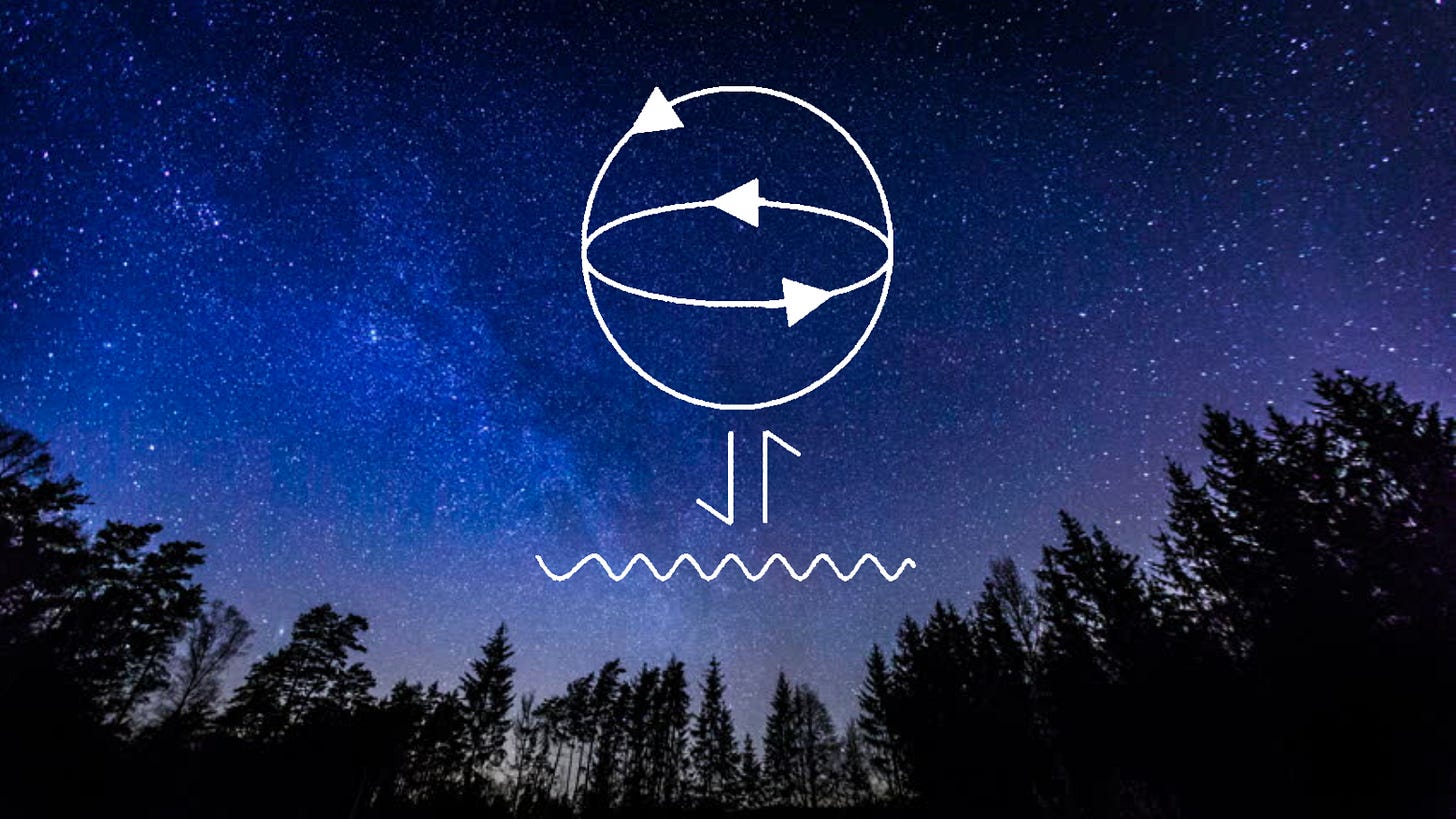This is ExoGenesis - a daily journey into the shadowy netherworlds between scientifically proven and entirely unbelievable.
What better way to welcome a new alien baby into the world, than with a reverse swan dive into a theory that takes as solid a shot as any at defining life itself: Autopoiesis everybody! Let’s start from the end.
Death
A useful chronicle for our attempts at defining life is our ever-evolving criteria for death. We’ve come up with all sorts of parameters. There’s loss of consciousness, which poses problems, not the least of which is that not all living things have a consciousness. Toss in the many religions that believe consciousness continues after death and you’re in for a real existential quagmire. Then there’s the circulatory definition of death (DCDD). This is cardiac arrest, aka the heartbeat has stopped and with it the breath. But again, if CPR and defibrillation have something to say (they do!), DCDD is hardly permanent. To avoid the utterly macabre, let’s sashay ahead to the most widely accepted definition. ‘Cerebral death’ occurs when the brain ceases to produce any electrical activity. The line was drawn in the summer of 1968 as part of the Harvard Protocol which equated death with a flat electroencephalogram (EEG). Yet patients have been kept alive, and organs functioning, with nary an electrical brain signal. So controversy here too.
All this begs the question: How can something we’re so certain occurs be subject to so much interpretation??
Systems Network as Life
The reason cerebral death remains the decider of demise is not because the mind is what makes us us. Rather it’s generally considered an indication that the brain is no longer receiving signals from the organs and is not sending any signal back. Put simply, their networking is no longer in operation. And with this we arrive as light as a feather on the systems view of life. That is, to understand life, we can’t merely look at one organ failure/success or another; we must instead focus on the totality of an organism’s mutual interactions. Inside this range of mutual interactions are sets and subsets of self-reliant networks we tend to overlook. Once we start sifting at this detail it becomes clear that single organ activity is a clunky way to call it off indeed.
Peering into the networks of even some of the simplest life forms on earth puts on display a system as dazzlingly complex, as it is instructive.
That right there is the metabolic network of a single bacteria in the human mouth thanks to the Center for Infectious Disease at The University of Texas at Austin. Each point in the network is a chemical compound, each line a chemical reaction and each chemical reaction is catalyzed by a specific enzyme. Simply put, we’re looking at a flattened version of a 3D network of astounding complexity. Any disruption along the line and the whole system must react to rebalance. The key word here is self-maintenance.
Another example and I’ll get to the point.
This is a schematization of a cell. The boundary itself is what’s key - it is a boundary of the cell’s own makings, created by the internal network of reactions.
In this instance, self-maintenance is achieved via self-regeneration from within. With this we can venture that life makes itself from within.
To look at the metabolic network of the bacteria and also the cell then is to recognize that life is not localized. Life is in fact a global property arising from the collective interactions of the species within. Put slightly differently, life is not present in the constituent parts, it is present though when the parts are brought together.
And With That, Ladies and Gentleman - Autopoiesis
An autopoietic unit is defined as a system capable of sustaining itself due to a network of reactions which continuously regenerate the components from within a boundary of its own making. If you’ll bear with me here, life then can be seen as a system of interlocking autopoietic systems.
Non-Localization Ad Infinitum
If a bacteria is considered alive when all its metabolic system is connected and therefore functioning; if our cells are considered alive when the various cellular substructures are passing along information; if our bodies are deemed alive when all our organs are networked and functioning, where does the autopoietic unit end?
Ultimately, in order to survive, we must rely on the environment around us. In a way we are its substructure, but in another way it is ours. We maintain biological autonomy but rely on our medium for a fairly crucial array of inputs. What if though, through a recursive set of interactions it can be said that we give back to the medium in the same way. Point in case: there was no oxygen on earth before living organisms. We do not experience environments, we create them. So as we grow as units, as groups of units, as networks, so does our co-emergence with the environment.
If the line between the life of the self and the life of something greater is in fact that blurry, perhaps we need a fundamental rethink on the criteria for life and death altogether. Perhaps death as we know it is an outmoded conclusion. Perhaps we do continue on. ExoGenesis certainly will.
See you tomorrow.











From a social perspective things got more complicated when the builder generation turned over their accomplishments to the marketing generation where information is a commodity to be marketed and so the more complicated the system the more opportunities for marketing expertise.